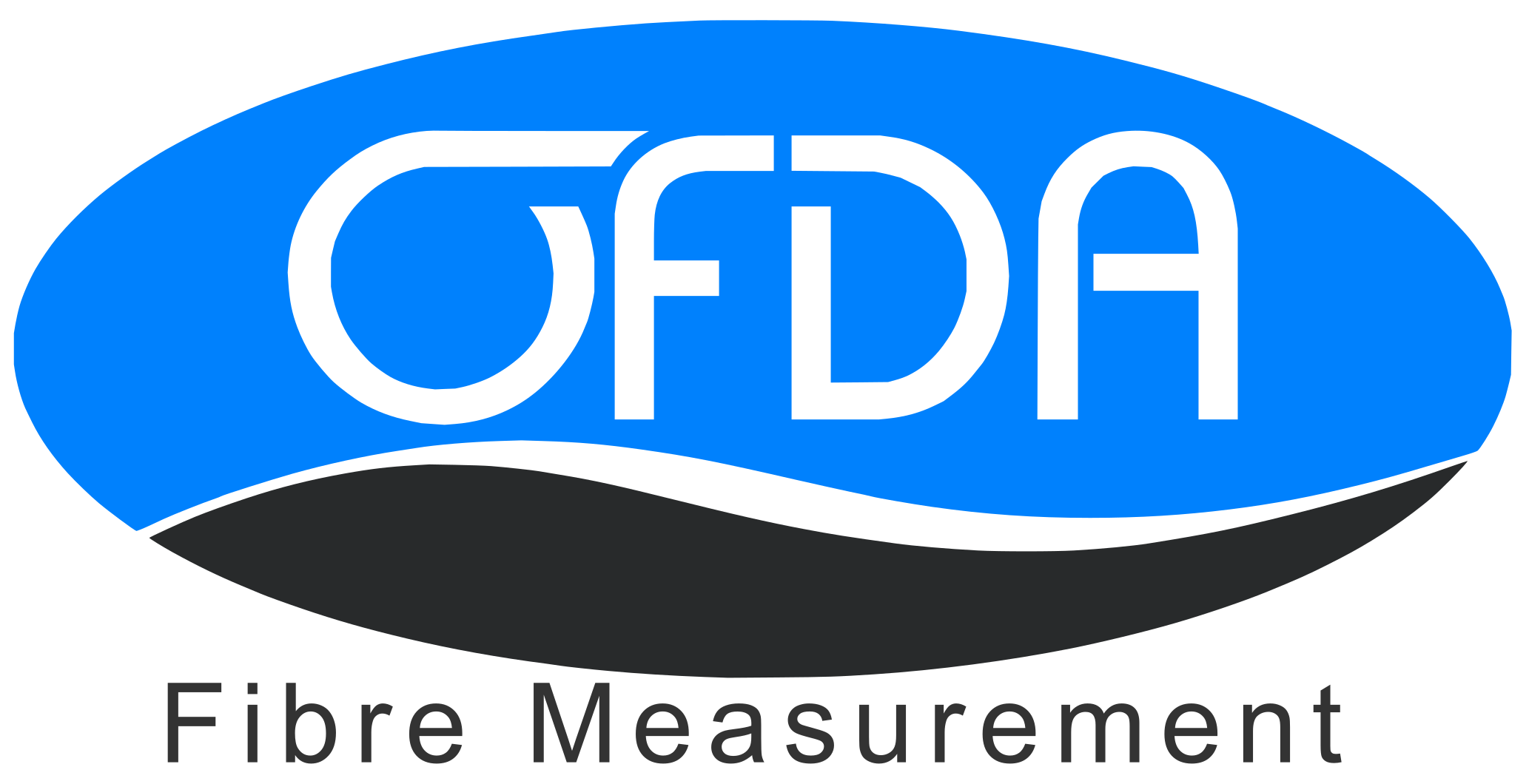What is Hemp? Benefits & OFDA Fibre Quality Testing
- Thomas Hegerty
- Mar 27
- 3 min read
Updated: Sep 24
Hemp is one of the world’s oldest and most versatile plants, known for its sustainable properties and diverse applications. From textiles to biofuel, paper to biodegradable plastics, hemp is making a comeback as a leading eco-friendly material. However, like any natural fibre, the quality of hemp plays a crucial role in its usability across industries.
At Robotic Vision, we provide cutting-edge Optical-based Fibre Diameter Analyser (OFDA) technology to help ensure the highest quality of hemp fibres for textile production. This article explores what hemp is, why it’s an essential fibre in sustainable industries, and how OFDA technology enhances its quality assessment.
What is Hemp?
Hemp (Cannabis sativa) is a fast-growing plant cultivated for its strong and durable fibres. Unlike its relative marijuana, hemp contains minimal THC (tetrahydrocannabinol), making it ideal for industrial use. Hemp has been used for centuries to produce textiles, ropes, and paper due to its exceptional strength and longevity.
Key Characteristics of Hemp Fibre:
Durability – Hemp fibres are stronger and more resistant to wear than cotton or wool.
Breathability – The natural structure of hemp allows for superior moisture-wicking and airflow.
Antibacterial Properties – Hemp is naturally resistant to bacteria, making it ideal for sustainable fashion and medical textiles.
Eco-Friendly Growth – Hemp requires less water and fewer pesticides than other crops, making it an environmentally friendly alternative.
How is Hemp Fibre Quality Assessed?
Hemp fibre quality is determined by several factors, including fibre diameter, length, strength, and uniformity. These properties influence the final application of hemp, whether in textiles, bioplastics, or construction materials.
Key Factors in Hemp Fibre Quality:
Fibre Diameter (Micron Measurement) – Determines the softness and usability of the fibre.
Fibre Length – Longer fibres result in stronger and more durable textiles.
Crimp and Elasticity – Affects flexibility and resilience in textile applications.
Purity – High-quality hemp should be free from contaminants like dust and plant matter.
How OFDA Technology Enhances Hemp Fibre Analysis
Traditional methods of fibre analysis relied on manual inspection, which was time-consuming and often inaccurate. OFDA technology has revolutionised fibre measurement, offering fast, precise, and automated assessments of fibre quality. This innovation allows hemp producers to optimise processing and ensure consistency across products.
Advantages of OFDA Technology for Hemp Fibre:
1. Accurate Fibre Diameter Measurement: The OFDA2000 measures the diameter of individual hemp fibres in real-time, providing immediate results. This helps classify the fibre for specific uses, such as textiles versus industrial-grade applications.
2. Measuring Fibre Length and Strength: By analysing fibre length distribution, the OFDA4000 ensures that hemp fibres meet the necessary durability standards for high-performance applications.
3. Rapid Quality Assessment: Unlike traditional testing methods, which can take days, OFDA technology delivers precise fibre reports within minutes, increasing efficiency in hemp processing plants.
4. Sustainability and Waste Reduction: By optimising fibre selection, OFDA technology minimises waste and maximises the usability of hemp fibres, supporting sustainable production practices.
Why Hemp is the Future of Sustainable Textiles
As industries shift toward eco-friendly materials, hemp is emerging as a top contender for sustainable fashion, home textiles, and industrial applications. Here’s why:
Lower Environmental Impact – Hemp requires less water and no synthetic fertilisers, making it a greener alternative to cotton.
Biodegradable and Recyclable – Hemp fibres break down naturally, reducing landfill waste.
Breathable and Durable – Hemp fabrics are long-lasting and comfortable, making them a staple in sustainable fashion.
By leveraging OFDA technology, hemp fibre producers can ensure that only the best-quality fibres reach the market, reinforcing hemp’s position as a premium, sustainable resource.
Elevate Your Hemp Fibre Quality with OFDA Technology
Hemp is redefining sustainable textiles and industrial materials, but ensuring its quality is crucial for its success. With Robotic Vision’s OFDA technology, hemp producers can achieve unmatched precision in fibre analysis, enhancing product performance and sustainability.
Ready to optimise your hemp fibre quality? Discover how OFDA technology can transform your production today!





Comments